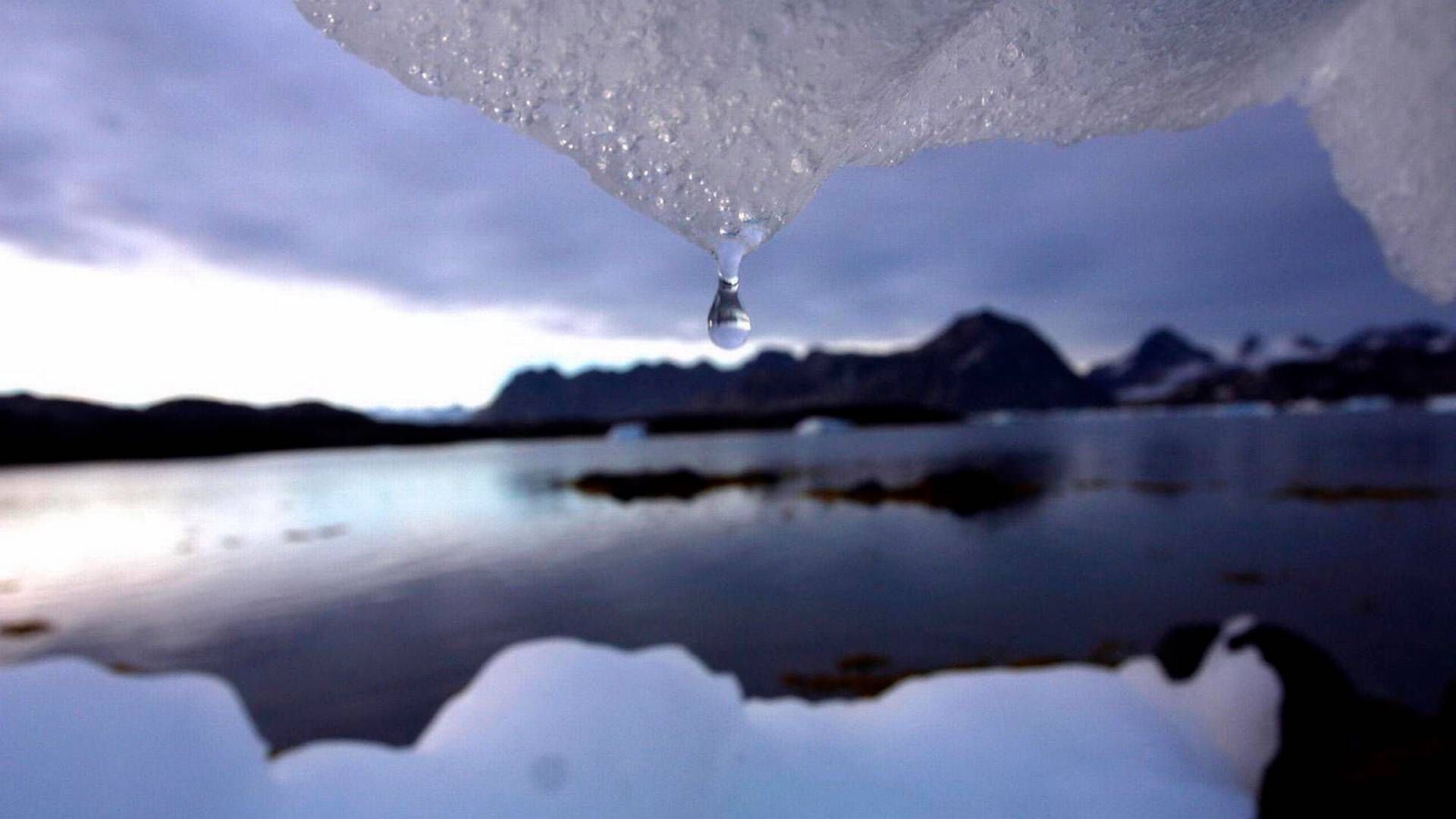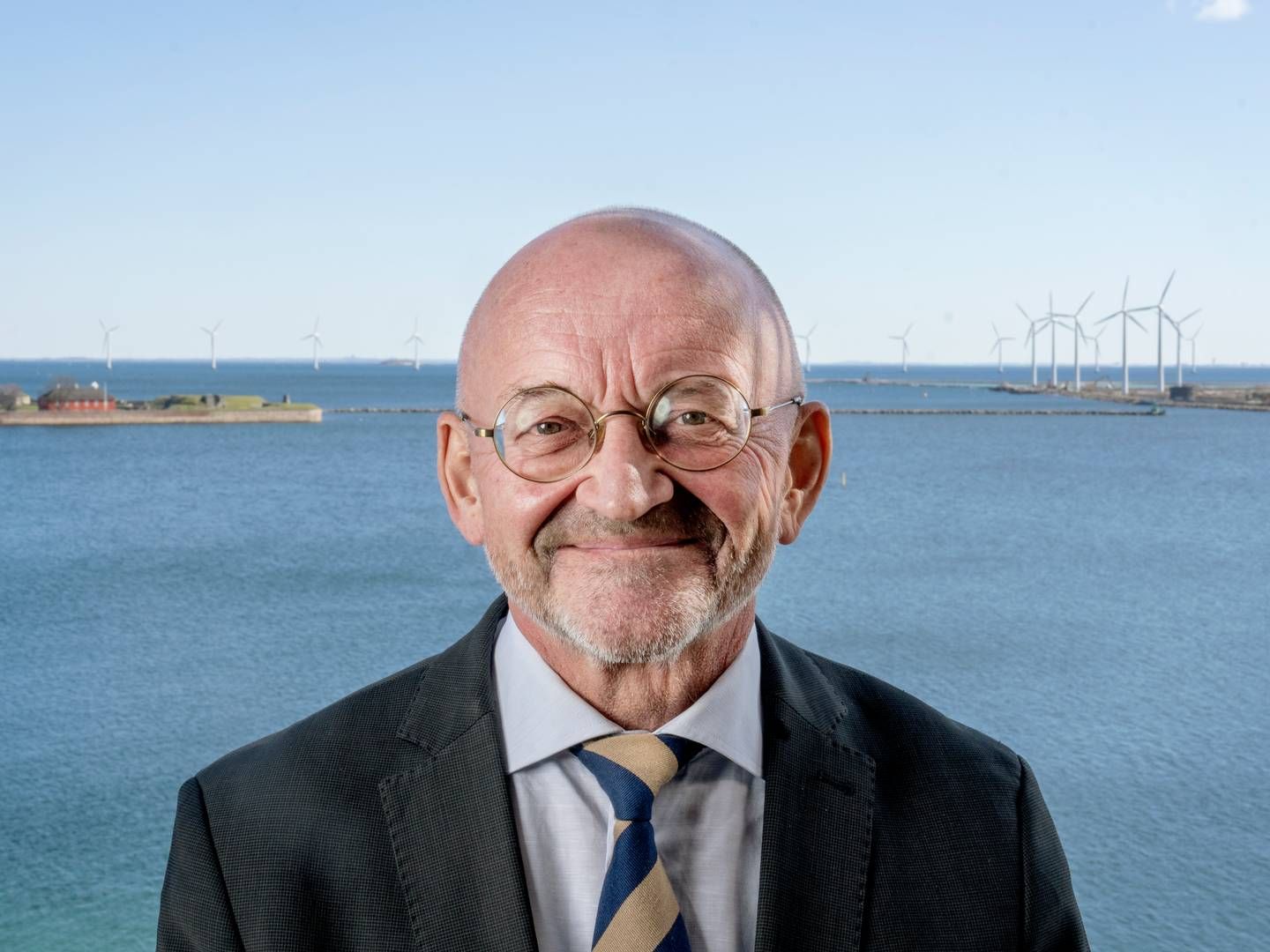The Arctic will have ice-free summers as soon as the 2030s

The United Nations-sponsored Intergovernmental Panel on Climate Change suggested in its most recent landmark report that the region would start to see Septembers without sea ice around 2050 if humans continue to emit greenhouse gases at high or moderate levels. However, the new study, published Tuesday in Nature Communications, says this will happen even in a low-emissions scenario. Higher emissions will result in ice-free Septembers by 2030 to 2040.
Read the whole article
Get access for 14 days for free. No credit card is needed, and you will not be automatically signed up for a paid subscription after the free trial.
With your free trial you get:
Get full access for you and your coworkers
Start a free company trial todayRelated articles
AP Pension invests in Morgan Stanley climate PE fund
For subscribers
















